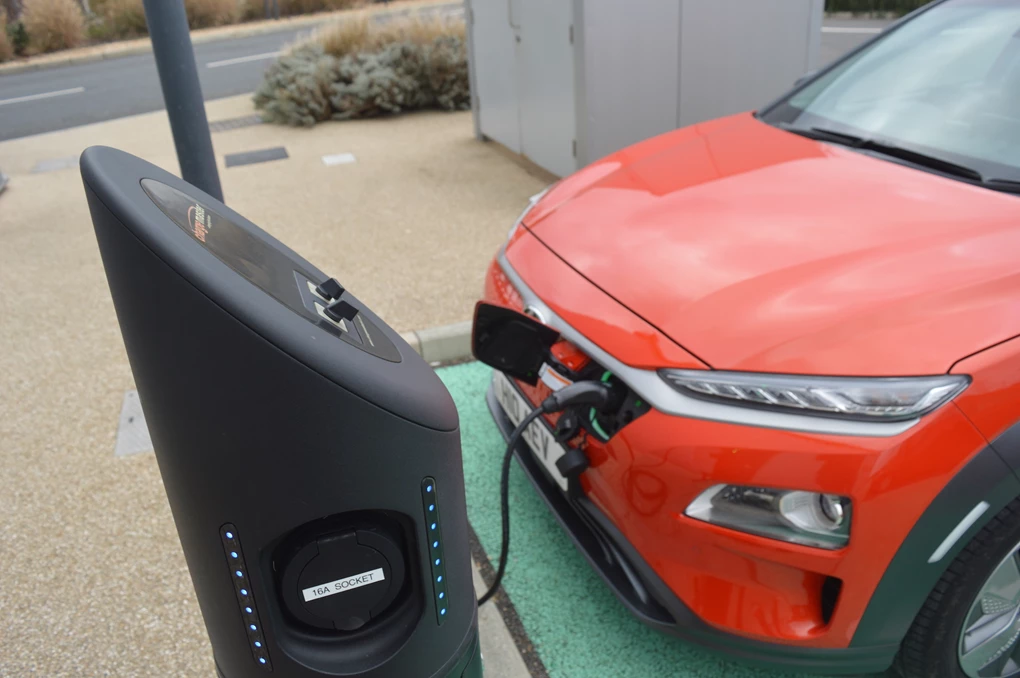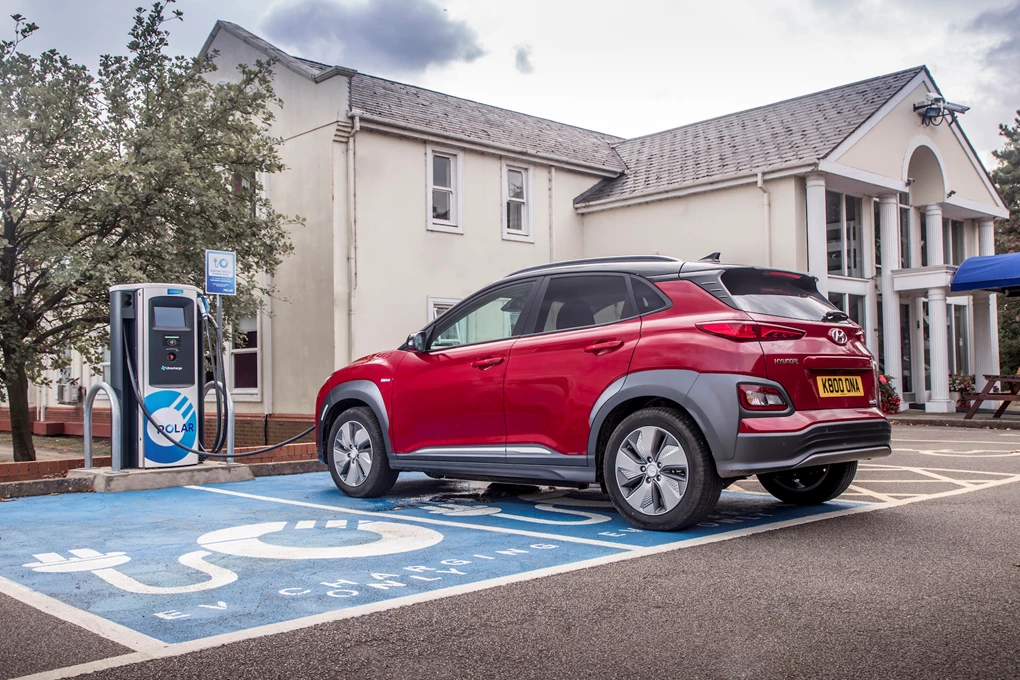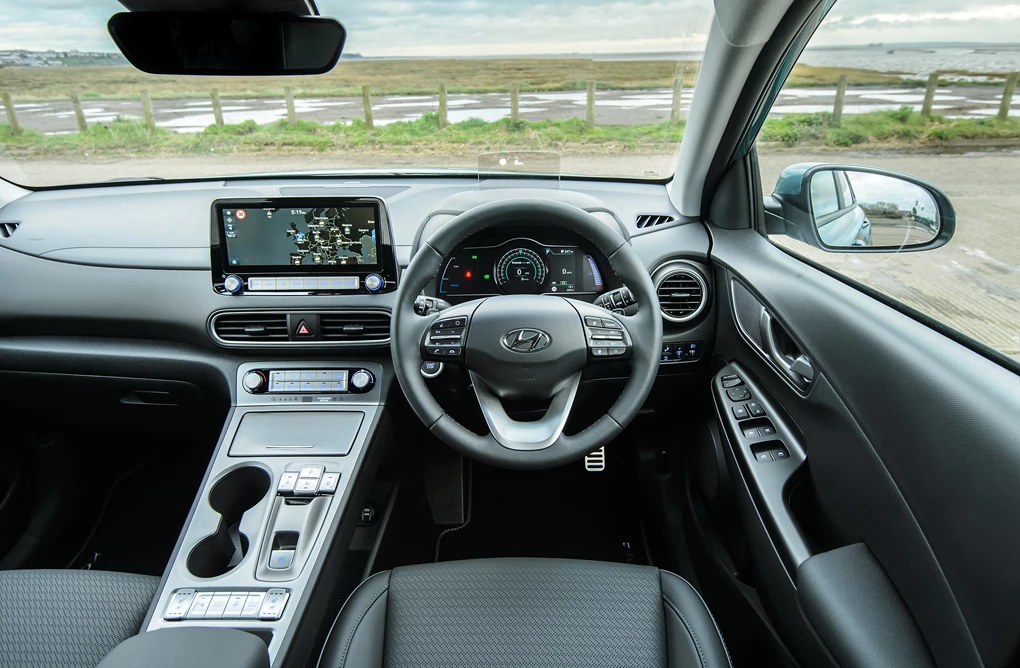Hyundai is a manufacturer serious about the switch to electrification – offering a choice of hybrids, EVs and even hydrogen fuel-cell vehicles in its range.
But the models that really stand out are its EVs – particularly the Kona Electric. Ever since this funky crossover gained an electric derivative in 2018, the Kona has wowed by being able to travel 278 miles between charges, making it one of the first affordable electric cars with a generous range.
It makes a superb first EV, and buyers clearly agreed – Hyundai being inundated with orders leading to long waiting lists. But with fresh demand and an update for 2020, which introduces a larger touchscreen and additional connected services, it makes the Kona more compelling than ever.
Here’s what you need to know about it.
What powertrains are available?

There are two different powertrains available on the Kona Electric, depending on the performance and range that you need.
The entry-level option features a 134bhp electric motor mated to a 39kWh battery pack. Despite being the standard version, performance is still quite brisk – 0-60mph taking 9.5 seconds and a top speed of 96mph. It also claims a range of 189 miles, which should be plentiful for most drivers.
But if you want something with a longer range, the best option is the top-spec model – featuring a 64kWh battery pack, which increases the claimed range to an impressive 278 miles, it can go further than virtually all of its rivals. It also features a more powerful 201bhp electric motor, which means it can sprint to 60mph in 7.7 seconds and to a top speed of 104mph.
In terms of charging times, the standard Kona Electric model can be charged to 100 per cent in six hours and 10 minutes, while the top-spec model’s larger battery takes nine hours and 35 minutes. Using a 50kW rapid charger, they take 57 and 75 minutes respectively to charge from 0-80 per cent.
What trim levels are offered?

Three trim levels are available on the Kona Electric, all coming very well-equipped. Equipment highlights and pricing are as follows. Prices are inclusive of the government’s £3,000 electric car grant.
SE – from £30,150
Entry-level SE models come exclusively with the less powerful powertrain option, though still come very well-equipped. Standard kit includes 17-inch alloy wheels, electric lumbar support for the driver’s seat, climate control and automatic lights and wipers. It also features LED daytime running lights, adaptive cruise control, keyless entry and start and a reversing camera. A seven-inch touchscreen with satellite navigation, Apple CarPlay and Android Auto is also included.
Premium – from £32,000
Mid-spec Premium versions are available with both powertrain options, and also add an auto-dimming rear view mirror, privacy glass, LED rear lights, electric folding mirrors and front parking sensors. You also get a larger 10.25-inch media display, along with a wireless charging pad, a Krell sound system, blind spot monitoring, lane following assist and rear cross traffic alert to prevent reversing collisions.
Premium SE – from £38,250
At the top of the range is the Premium SE, which is only available with the more expensive powertrain – hence the big jump in price. It also adds electric front seats, heated front and rear seats, ventilated front seats and leather upholstery. Other features include LED headlights with high beam assist, along with a heated steering wheel and head-up display.
What about personalisation?

Personalisation isn’t one of the Kona Electric’s strongest assets, though it’s already a funky-looking car that stands out from the crowd.
That said, it’s available with some bold colours – such as Tangerine Comet (orange), Acid Yellow and Ceramic Blue.
Enquire on a new Hyundai Kona Electric



